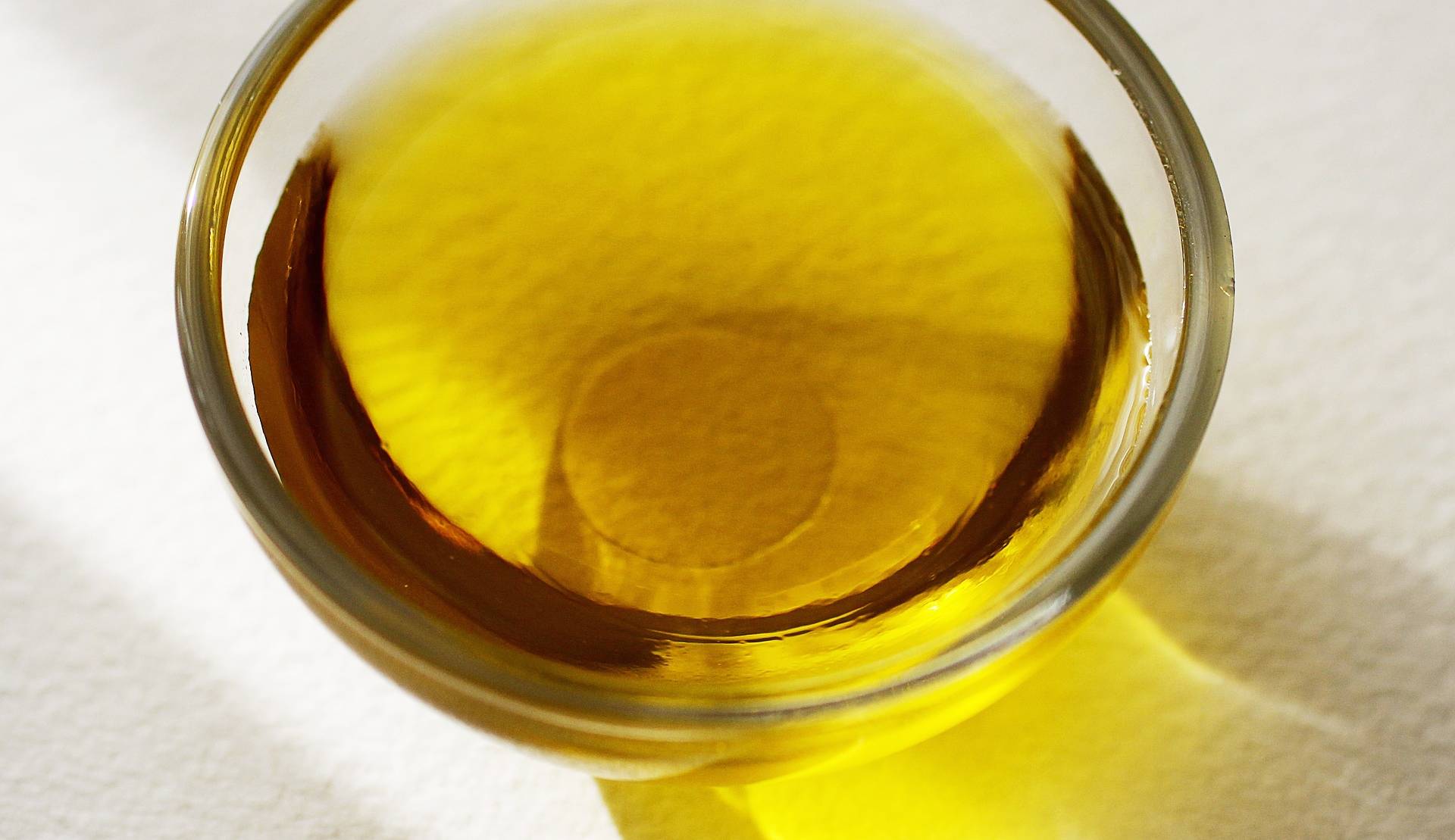Olive Oil – Medicine Produced by Nature and Refined by Human Expertise and Traditions

PREMIUM CONTENT for MEMBERS ONLY
Extra-virgin olive oil (EVOO) has become a popular component of gut and brain healthy recipes. EVOO not only adds a delicious flavor to your salad and vegetables, but its health benefits have been reported from preclinical and clinical studies. EVOO is one of the key health-promoting ingredients of the Mediterranean diet. These benefits are applicable to a wide range of metabolic disorders and cardiovascular diseases.
“…current evidence suggests benefits are largely related to polyphenols and vitamin antioxidants—vitamins A and E—found in the oil.”
There are at least two major components that mediate the oil’s health benefit—the high concentration of monounsaturated fatty acids (primarily oleic acid) and the high content of polyphenols (primarily oleuropein and hydroxytyrosol). As explained many times in this blog, polyphenols exert their health benefit with the help of the gut microbiome, and research suggests this may be true for oleic acids, too. Oleic acid is the predominant fatty acid in olive oil—73 percent of its total oil content—while 11 percent is polyunsaturated, such as omega-6 and omega-3 fatty acids. Monounsaturated fatty acids (MUFAs) are quite resistant to high heat, making EVOO a healthy choice for cooking. Traditionally, the high content of MUFAs was considered to be responsible for the protective effects of EVOO, but current evidence suggests benefits are largely related to polyphenols and vitamin antioxidants—vitamins A and E—found in the oil.
“…the concentration of polyphenols in EVOO ranges from 50 to 800 milligrams per kilogram…”
As many as thirty different polyphenol molecules have been identified in different olives. Furthermore, the concentration of polyphenols in EVOO ranges from 50 to 800 milligrams per kilogram, and the amount of polyphenols in EVOO depends on the region where the olives were grown, corresponding differences in climate, soil composition, degree of ripeness when harvested, and the oil-extraction process. In addition, the phenolic fraction of olive oil can vary greatly among different types of olives. As a result, it can be a challenge to figure out which olive oil to buy in order to get the full benefit in terms of both flavor and polyphenols.
“…olive trees started to grow in the southeastern Mediterranean basin more than six thousand years ago…”
I learned more about olive oil a couple of years ago, when I visited my friend Marco Cavalieri, the owner of Le Corti Dei Farfensi in Fermo, on the picturesque Adriatic coast of Italy. In addition to his wines, Marco produces EVOO from eight-hundred- year- old olive trees, using a wide variety of olives, including the Sargano, Carboncella, Ascolana, Coratina, Frantoio, and Moraiolo varieties. An eight-hundred- year- old tree may sound ancient, but it’s practically a sapling in olive oil–making years: olive trees started to grow in the southeastern Mediterranean basin more than six thousand years ago, and they were a major item of trade for the ancient Greeks, Romans, Persians, and Phoenicians throughout the Mediterranean region. These varieties contain the polyphenol molecules oleuropein, demetiloleuropein, andquercetin, with an average polyphenol concentration of around 800 milligrams per kilogram.
In addition to harvesting the olives from the ancient trees, Marco uses several strategies to ensure the highest possible polyphenol content in his product. The olives are harvested when they have not fully ripened, when their polyphenol production is at its highest. Harvested olives are stored in airtight steel containers to protect them from oxygen and light. Those made into oil are taken to the local facility where they are cold-pressed just hours after they’re harvested. The fresh oil has a uniquely pungent flavor and fragrance, with an initial almost burning sensation and taste. In addition to its flavor and health benefits, the polyphenols contribute to its superior oxidative stability compared to other edible oils.
“…the high polyphenol content of EVOO makes it a medicine produced by nature and refined by human expertise and traditions.”
In seeking out the health benefits of the Mediterranean diet, it became clear to me that the high polyphenol content of EVOO makes it a medicine produced by nature and refined by human expertise and traditions. Like any medicine, the precise amount of active ingredients and the quality of processing play major roles in its effectiveness. So rather than being misled by the dark appearance of many expensive olive oils marketed as EVOOs produced in Italy or Greece, it is worth investigating where and how they were harvested and processed, as well as their average polyphenol content. This may take a bit of investigating, as most producers don’t include information about polyphenol content on their labels. Given the difficulty of tracking down the polyphenol content, the best way for a consumer to determine it is by taste—a pungent flavor is generally a sign of high polyphenol content.
Like many healthy things (and all medications), EVOO should be consumed in moderation. It is obviously a calorie dense food, so adding just the right amount to your salads and dishes without adding excess calories is important to get the most health benefits.
Taken from The Gut Immune Connection with minor edits

Emeran Mayer, MD is a Distinguished Research Professor in the Departments of Medicine, Physiology and Psychiatry at the David Geffen School of Medicine at UCLA, the Executive Director of the G. Oppenheimer Center for Neurobiology of Stress and Resilience and the Founding Director of the Goodman-Luskin Microbiome Center at UCLA.